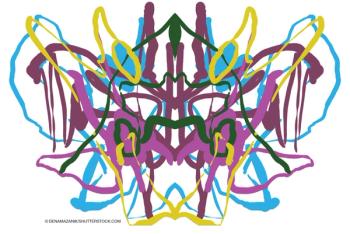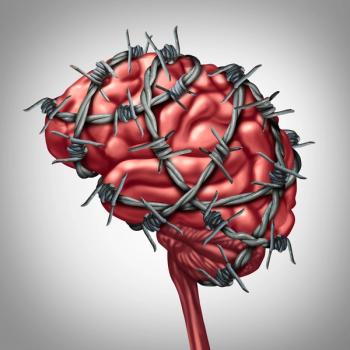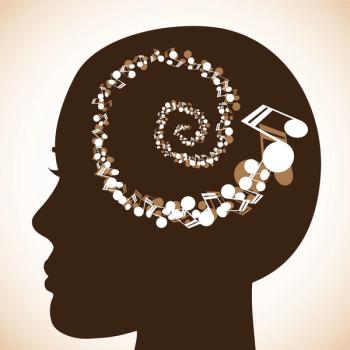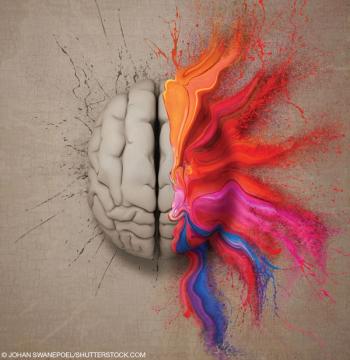
The authors shed light on a disorder that is difficult to diagnose and manage, and offer insights on how to develop an appropriate treatment plan.

The authors shed light on a disorder that is difficult to diagnose and manage, and offer insights on how to develop an appropriate treatment plan.

Renewed interest and emerging systematic data have highlighted the frequency and pattern of catatonic presentations in psychiatric and medical settings, including in critical illness.

Psychiatrists need to understand the patient’s cancer diagnosis, staging, treatments and their adverse effects, and prognosis to appreciate the challenges the patient is coping with throughout treatment as well as survivorship or end-of-life.

Migraine, tension-type, cluster...test your clinical acumen about headaches with these 16 questions.

Depression is the leading cause of disability worldwide, and this may indeed be the most telling legacy of the lost art of healing.

Culture is far from having outlived its usefulness for psychiatry.

It would be logical to attribute the surge of suicides in the military to simultaneous prolonged engagement in combat, repeated deployments, and attendant stress. But studies have failed to connect deployments to suicide risk.

Westworld-the HBO pitiless purgatory where everything goes worng!

From a psychodynamic and neurobiological perspective, the recommendation to screen all pregnant and postpartum women for depression and anxiety falls short of what is actually needed to improve the lives of many mothers and their infants and children.

Learning to listen, understanding the importance of what we hear, and knowing we must understand before we speak or act, are among the psychiatrist’s most important skills.

A brief update--and some practical advice--about MOC, whether you love it or hate it.

Why learn neuroanatomy? The goal for the physician is to be excitedly engaged in an ongoing process of expanding his or her knowledge about the brain and human behavior.

Although many mysteries of sexual pathophysiology await illumination, patients may expect mental health professionals to provide guidance about their persistent sexual disappointments. Insights here.

At three breaths before death a blue latex hand pulls out a trach tube, a blade skims over the zipped up hole, and droplets of blood are sucked into skin...

A simple handshake is no longer a formal gesture to symbolize parting ways. It has become that moment, with a patient, when we both agree to embark on a journey together.